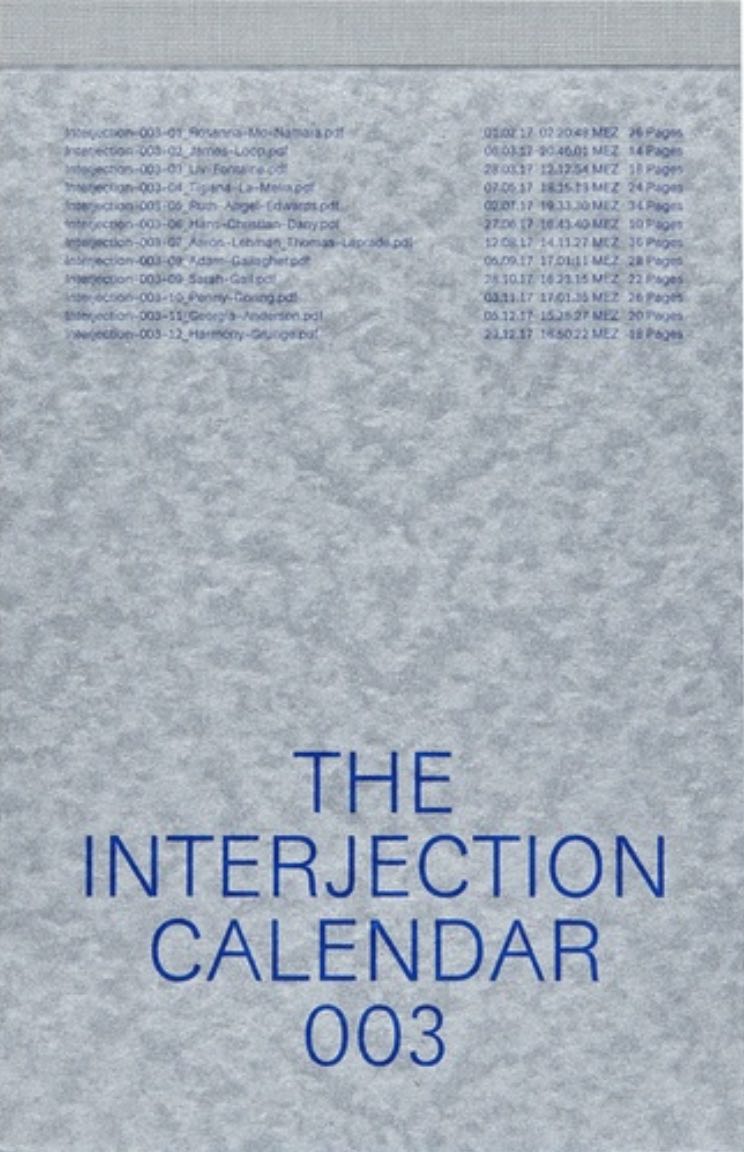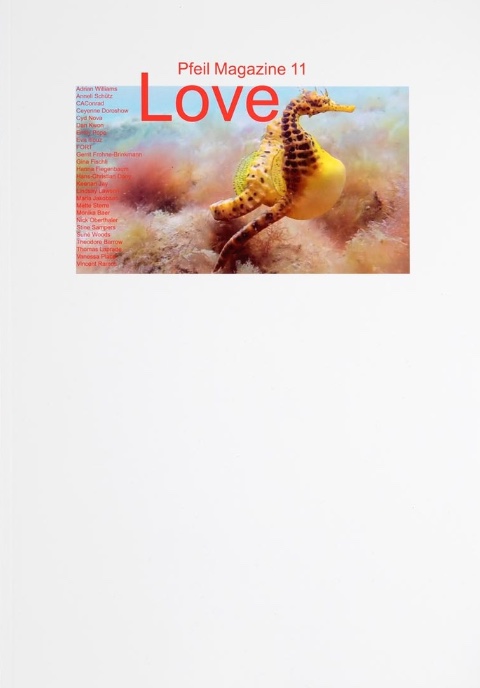Thomas Laprade
Thomas Laprade

Viscose 08: SOUND
Jeppe Ugelvig, Bill Kouligas and 2 more
The eighth issue of Viscose examines the myriad of music and sound cultures of fashion. Entirely untethered from materiality and image, sound is the proof that fashion operates just as vividly in the purely atmospheric. From the artfully curated musical narratives of the runway to the ambient sonic environment of shops, fashion both emits sounds and seeks to associate itself with it for its own advancement.
Music in particular asserts fashion’s existential relationship to time: it aesthetically time-keeps fashion media and confirms sartorial novelty by mirroring it rhythmically. To a public consciousness, the intimate relationship between fashion and music is obvious and at times even understood as one and the same. Sound glues material such as clothes to wider zeitgeists and mediated lifestyles, and as such, to cultural memory itself. As Mary E. Davis has illuminated, the alliance is profoundly historic: as far back as 1672, fashion periodicals have covered clothes and music as equally essential components of an elegant, fashionable lifestyle.
Music, in fact, surrounds fashion: it enwraps makers, mediators, and consumers alike in ephemeral, yet intensely meaningful, signifiers of taste. Countless designers have come to fashion through musical subcultures, and labors in ateliers to particular playlists. Indeed, style most often has a soundtrack of its own, or dances to a specific tune. Fashion emits sounds before and after the musical. The clicking of heels, the rustling of a sweater, the hissing of a zipper. The ambient humming of a sewing machine; the conclusive “beep” from a store cashier.
For the 8th issue of Viscose, we set out to examine the sonic landscapes of fashion in a most expansive manner. In billing our issue “sound” we seek to gesture to more visually obscure and materially ephemeral interplays between fashion and the auditory—in wardrobes and shops, on the body and in the nightclub. With music culture at the center of our inquiry, we hope to seek beyond and towards the more ephemeral sounds the clothing and fashion emits, records, and appropriates. We are pursuing the possibility of rendering fashion in entirely sonic terms, and how this translates into written words, in a print magazine.
And more

The Ginny Suite
A mysterious global syndrome is affecting women, causing symptoms of submissiveness and aphasia. While the number of sufferers grows, so does our protagonist’s paranoia—of the media, her doctors, and her husband. In the age of misinformation, AI, and surveillance technology, The Ginny Suite asks how much—and who—we’re willing to sacrifice in the name of progress.
The Ginny Suite is formally innovative, a great read. Stacy Skolnik recasts the subject of the internet into telling particulars in her affecting choreography of memes/screens/women/men. — Constance DeJong, author of Modern Love
The Ginny Suite is a perfect hell of a book: a gossipy stylish mystery that’s both petty and profound. I love how its paranoias and insecurities tip lushly into plot: is the lyric condition of poetry a pathology? Is dissociation a radical response to the lived conditions of patriarchy, or is it patriarchy hacking your brain into submission? What if, instead of self-diagnosing through google, your search history was used to diagnose you, and form the basis of covert treatment? Anyone who’s ever suffered the malady of writing poems will recognise The Ginny Suite’s inability to stop picking these scabs. Its prose moves seamlessly from the lush to the blunt, awash with glitching pronouns, horny ennui, sci-fi intrigue and tender girlish digital fantasies—like if the author of Malina had a dormant Neopets account. I adored it. — Daisy Lafarge, author of Lovebug
Perversely brilliant, fearlessly inventive, The Ginny Suite beautifully illustrates the horror of being a thinking person inside of a body and culture rushing toward the graveyard. — Brad Phillips, author of Essays and Fictions
The Ginny Suite proves that Stacy Skolnik is one of the most timely and original voices in post-pandemic New York. — Joshua Citarella, author of Politigram and the Post-left
A Handmaid’s Tale for the Post-Truth-AI-Surveillance Era. — Suzanne Treister, author of Hexen 2.0
Stacy Skolnik is the author of the poetry collection mrsblueeyes123.com (self-released, 2019), the chapbook Sparrows (Belladonna* Collaborative, 2023), the workbook From the Punitive to the Ludic: Prompts for Writing Public Apologies (with Thomas Laprade for Montez Press Radio, KAJE, 2022), and the chapbook Rat Park (with Katie Della-Valle, Montez Press, 2018). She is a co-founder and co-director of Montez Press Radio, the Lower East Side-based broadcast and performance platform. The Ginny Suite is her debut novel.

The Interjection Calendar 003
With contributions by: Georgia Patience Anderson, Hans-Christian Dany, Ruth Angel Edwards, Liv Fontaine, Sarah Gail, Adam Gallagher, Penny Goring, Harmony Grunge, Tiziana La Melia, Aaron Lehman and Thomas Laprade, James Loop, Rosanna McNamara.

Pfeil Magazine #11 – Love
The eleventh issue of Pfeil Magazine looks into the multitude of meanings behind the word love: a positive affection and strong physical feeling which can be addressed to a friend, family, food, God, an object, or to an amorous partner or partners. Furthermore, it questions the expectations which go along with love, whether that love is returned or unanswered. Relationship patterns and role distributions are surveyed, vulnerabilities are assessed, but besides that the Love issue is also about a pregnant male seahorse, an infatuation with a smiling rock, sports and much more.
Contributors: Adrian Williams, Anneli Schütz, CAConrad, Ceyenne Doroshow, Cyd Nova, Dan Kwon, Emily Pope, Eva Illouz, FORT, Gerrit Frohne-Brinkmann, Gina Fischli, Hanna Fiegenbaum, Hans-Christian Dany, Keenan Jay, Maria Jakobsen, Mette Sterre, Monika Baer, Nick Oberthaler, Lindsay Lawson, Stine Sampers, Suné Woods, Theodore Barrow, Thomas Laprade, Vanessa Place and Vincent Ramos.